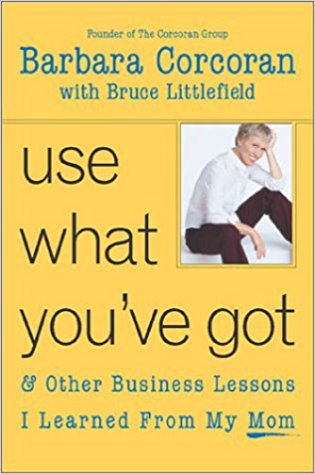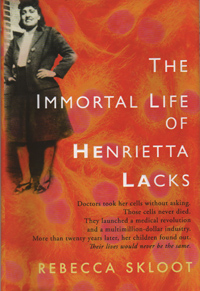
Penguin Group, 242 pages.
We all want to believe in a magic trick that will make us successful and wealthy beyond our wildest dreams.
Barbara Corcoran will have us believe the simple childhood lessons she learned from her mother propelled her to real estate stardom in the Big Apple, gave her the confidence to take-on and win a battle with Donald Trump before he became president and ultimately, made her a multi-millionaire.
Whether mom was that instrumental or not, Use What You’ve Got: & Other Business Lessons I Learned from my Mom is a great read.
How Shark Tank angel-investor made her money
Barbara Corcoran is an investor on the ABC TV program Shark Tank and the founder of The Corcoran Group real estate firm in New York. Realtor to the stars (she’s found homes for Brittney Spears among others), the firm generates over 2 $billion in annual revenue.
Ghost written by journalist Bruce Littlefield, the book starts in the early 70s in Edgewater, New Jersey. Corcoran is a 21 year-old diner waitress when her destiny walks through the door. A handsome man plunks himself at her counter. She falls for him, moves to New York, and he loans her $1,000 to start a real estate company. He subsequently leaves Corcoran and from the ashes of her half of the business, launches The Corcoran Group real estate company, which she sold for $ 70 million in 2001. Corcoran remains chairman.
The book is written more as a motivational manual than an autobiography, but we learn about her childhood, family, career, and ultimately, what makes her tick; not money, status, or power; but pride, hard work, and fear of being wrong. Corcoran goes to great lengths to tell us she’s ordinary. A ‘C’ student who never went beyond high school, Corcoran grew up poor in a Catholic family with 9 other siblings who shared one floor in a house.
How Corcoran beat Donald Trump in the real estate game
Each chapter is titled after the lesson gleaned from mom (there are 24). Some are mysterious like Chapter twelve’s, When the clubhouse is quiet, they’re probably not making spaghetti. Each chapter begins with a situation Corcoran finds herself in on the road to success and then flashes back to her childhood and a particular lesson learned. Each chapter ends with how she applied that childhood lesson to a very adult situation.
For example, in Mom’s Lesson #22: You’ve got to bully a bully, The Corcoran Group brokered the sale of Donald Trump’s Plaza Hotel for $90 million in 1994. Trump subsequently tried to back out of $2 million in sales commission. Torn between using an in-house attorney or a litigation specialist, Corcoran flashes back to her childhood. A boy is bullying Corcoran’s younger brother, who’s afraid to play outside. Corcoran’s mother gets on the phone and calls the mother of the brawny boy next door and together the two boys confront the neighbourhood bully.
Corcoran writes: “That day, Brendan Higgins whipped Joey Bunt’s butt and Joey never bothered my brother Tommy again.” Corcoran then brings the reader back to the present where she hires the meanest lawyer she can find. Corcoran ends the chapter with, “We were paid our rightful commission because we spent the money to hire the right attorney. Despite my efforts to convince The Donald to settle our differences outside the courtroom, in the end we had to hire a bully beater so the bully didn’t win.”
If you don’t have big breasts, put ribbons on your pigtails
Other words of wisdom range from common sense to cutthroat: Mom’s Lesson # 11: Go play outside’ (the best business ideas take place outside the office) and Mom’s Lesson # 16: Sweep the corners and the whole house stays clean (clean out the bottom 25 percent of nonproductive employees).
Corcoran has come up with an original hook to distinguish herself from the mounds of motivational books out there. The result is an enjoyable and easy read. The last point is an important one for Corcoran who says she’s dyslexic. This same book has been republished under the attention grabbing title, If you don’t have big breasts, put ribbons on your pigtails.
From someone re-entering the work force after a prolonged absence, to simply being in a rut, this book will make you believe in luck and hard work. As for the spaghetti clubhouse lesson, you’ll have to read the book to understand.


 Henrietta Lacks was a poor, barely-educated African-American woman from the South. Her cells were taken by her physician while she was battling cancer. Those cells live on to this day and are said to be responsible for many medical breakthroughs like the polio vaccine. This biography is her story and the story of her children’s lives after her death.
Henrietta Lacks was a poor, barely-educated African-American woman from the South. Her cells were taken by her physician while she was battling cancer. Those cells live on to this day and are said to be responsible for many medical breakthroughs like the polio vaccine. This biography is her story and the story of her children’s lives after her death.